#atlanta culture
Explore tagged Tumblr posts
Text
Atlanta is not as "trendsetting" as people claim. People don't look to Atlanta for fashion or art, at least not since 2006. all we're setting trends for is pop culture slop, hookah, & restaurants with grass walls.
the only cities in the US that can claim to be trendsetting are NYC & LA because they're on the world stage. Atlanta isn't on the world stage, we just have a busy international airport (we can talk about how state politicians actively work to make Atlanta as mediocre & un-accommodating as possible, but that's for another time)
#my thoughts#atlanta#atl#atlanta culture#atlanta fashion#hating from inside the club#new york fashion#los angeles fashion#nyc fashion#la fashion
3 notes
·
View notes
Text

Today in Hip Hop History:
Outkast released their fourth album Stankonia October 31, 2000
#today in hip hop history#todayinhiphophistory#hiphop#hip-hop#hip hop#music#history#hip hop music#hip hop history#rap#hip hop culture#music history#outkast#stankonia#album#emcee#mc#rapper#big boi#andre 3000#atlanta#atl#dungeon family#2000#halloween#georgia
487 notes
·
View notes
Text

#outkast#so fresh so clean#stankonia#big boi#andre 3000#sleepy brown#goodie mob#slimm calhoun#ludacris#chilli#tlc#90shiphop#hiphopheads#blackisbeautiful#blackmusic#black culture#hiphop culture#for the culture#r&b/soul#hip-hop/rap#hiphop50#blackisavibe#Stankonia ℗#atlanta#atl#blacktumblr
195 notes
·
View notes
Photo


Tina Turner and Andy Warhol at Limelight nightclub in Atlanta, 1981.
Photos by Adam Scull
#tina turner#andy warhol#limelight#atlanta#1981#1980s#watermelon#queen of rock and roll#pop art#pop culture
182 notes
·
View notes
Text
sorry to report that the "rude american" stereotype is so so wrong bc i went to the us and the people there were the nicest ive ever met from the 12 foreign countries ive visited in my life
#granted i only went to GA but even the people in atlanta were so nice#people MAKE EYE CONTACT AND SMILE AT YOU AND ASK YOU ABOUT YOURSELF#granted i dont need small talk or smiles lol but it was nice to see people be culturally nice and openminded#my one criticism is ur slow ass grocery checkouts tho. also i dont want somebody else to bag my stuff#THEYRE TOO SLOW AND BAG IT THE WRONG WAY!!!!!
29 notes
·
View notes
Text
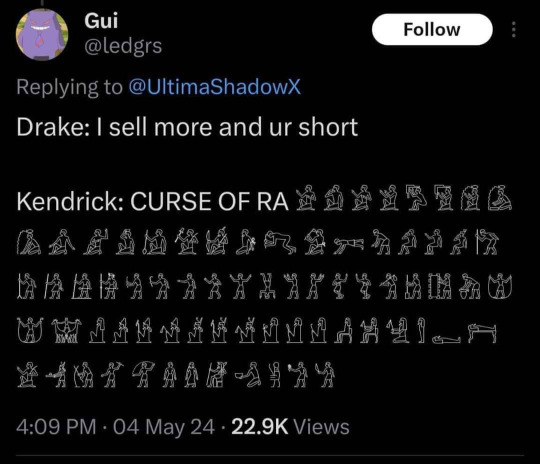
kenny said he got more in the bank too im scared
#no but i cannot express how important it is for someone as mainstream in rap as kendrick lamar calling out drake for being a culture vulture#and SPECIFICALLY for stealing from atlanta#dot isn't the first one to say it but he is the most prominent#drake has been getting away with this shit for years it's about time someone told his ass off#WOP WOP WOP WOP WOP#kendrick lamar#drake#and how beautifully west coast not like us was#felt like in was listening to fresh mac dre
50 notes
·
View notes
Text
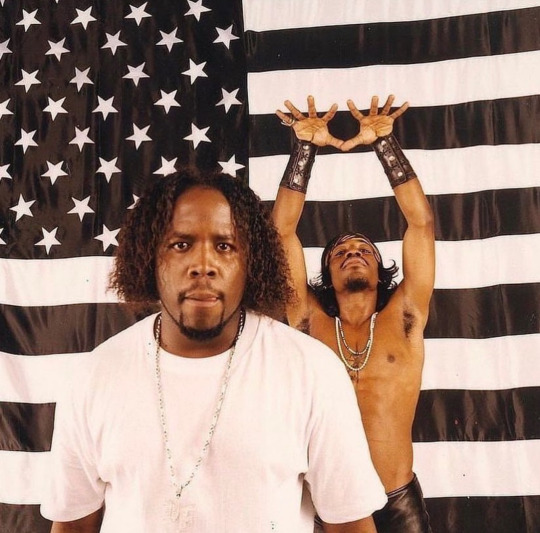
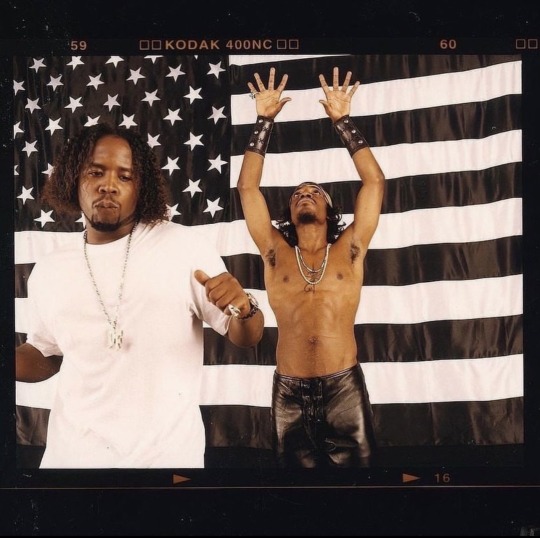
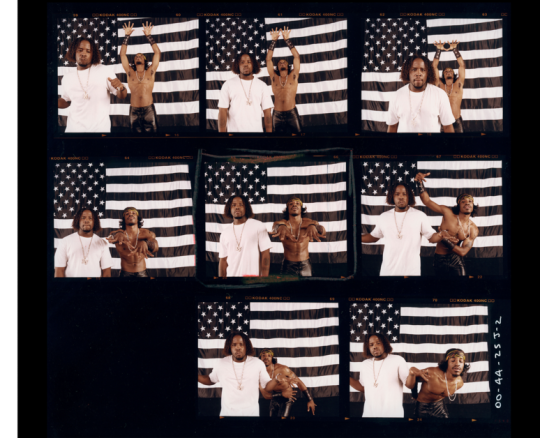
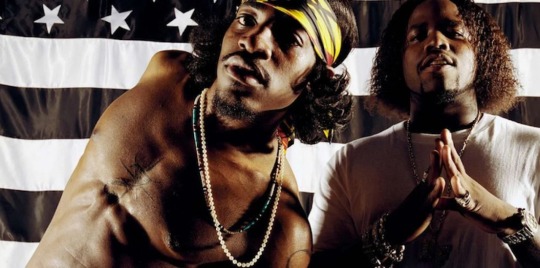
Behind the scenes of OutKast “Stankonia” album cover shoot (2000)
#outkast#andre 3000#andre 3k#2000s nostalgia#2000s fashion#awge#pop culture#streetwear#streetwear archive#y2k#y2k aesthetic#y2k nostalgia#fashion#music#hip hiop#rap#atlanta#the south#kanye west#asap rocky#2000s rap
30 notes
·
View notes
Text

Home of an African American lawyer in Atlanta with people posed on the house's porch in 1899.
Photo: Buyenlarge/Getty Images
29 notes
·
View notes
Text

Yes, Georgia banned the importation of slaves in 1798 when the Georgia Constitution was ratified:
Background Georgia had a history of antislavery attitudes, starting with the colony's founding in 1733. The colony's trustees banned slavery in 1735, but the ban was overturned in 1751.
1793 law In 1793, the Georgia Assembly passed a law prohibiting the importation of enslaved Africans, but it didn't take effect until 1798.
1798 Constitution The 1798 Constitution prohibited the importation of slaves and emancipation by legislation.
Fear of slave revolts One reason for the ban was a fear of slave revolts.
Planters' disregard Planters ignored the law and continued to increase their enslaved workforce.
Entry of free Africans Georgia prohibited the entry of free Africans, so freed slaves couldn't return to the state.

The life of a slave in Colonial America differed greatly depending on the colony, nature of work, the size of the enslaved workforce, temperament, and the power of the enslaver. Additionally there had been a variety of psychological experiences of those that experienced slavery from birth, versus those born free, and differences across the different ethnicities.
The first enslaved Africans in Georgia arrived in 1526 with Lucas Vázquez de Ayllón's establishment of San Miguel de Gualdape on the current Georgia coast, after failing to establish the colony on the Carolina coast. They rebelled and lived with indigenous people, destroying the colony in less than two months.
Two centuries later, Georgia was the last of the Thirteen Colonies to be established and the furthest south (Florida was not one of the Thirteen Colonies). Founded in the 1730s, Georgia's powerful backers did not object to slavery as an institution, but their business model was to rely on labor from Britain (primarily England's poor) and they were also concerned with security, given the closeness of then Spanish Florida, and Spain's regular offers to enemy-slaves to revolt or escape. Despite agitation for slavery, it was not until a defeat of the Spanish by Georgia colonials in the 1740s that arguments for opening the colony to slavery intensified. To staff the rice plantations and settlements, Georgia's proprietors relented in 1751, and African slavery grew quickly. After becoming a royal colony, in the 1760s Georgia began importing slaves directly from Africa

Slave markets existed in several Georgia cities and towns, including Albany, Atlanta, Augusta, Columbus, Macon, Milledgeville, and above all, in Savannah. In 1859 Savannah was the site of a slave sale colloquially known as the Weeping Time, one of the largest slave sales in the history of the United States. Historian E.A. Pollard wrote in 1858, "Macon, you must know, is one of the principal marts for slaves in the South. Some time ago, I attended on the city's confines an extraordinarily large auction of slaves, including a gang of sixty-one from a plantation in southwestern Georgia. The prices brought were comparatively low, as there was no warranty of soundness, and owing very much, also, to the fact that the slaves were all sold in families." At the beginning of the American Civil War, active traders in Atlanta included Robert M. Clarke, Solomon Cohen, Crawford, Frazer & Co., Fields and Gresham, W. H. Henderson, Inman, Cole & Co., Zachariah A. Rice, A. K. Seago, B. D. Smith, and Whitaker and Turner.
Importing slaves to Georgia was illegal from 1788 until the law was repealed in 1856. Despite these restrictions, researchers estimate that Georgians "transported approximately fifty thousand bonded African Americans" from other slave states between 1820 and 1860. Some of these imports were legal transfers, others were not. Samuel Oakes, the father of a Charleston slave trader named Ziba B. Oakes, was implicated in illegally importing slaves to Georgia in 1844, which resulted in a newspaper notice about the case from Savannah mayor William Thorne Williams that concluded, "The laws of our State are severe, inflicting heavy fines and Penitentiary confinement on such as shall be convicted of these offences Our own safety requires us to be vigilant in preventing the outcasts and convicted felons of other communities from being brought into ours. And all those entrusted with the administration of the laws are bound to use their utmost efforts to bring to just punishment such as shall be guilty of this nature."
Slaves intended for "personal use" could be imported which resulted in a number of workarounds used by traders. One described in the Anti-Slavery Bugle in 1843: "Hamburg, South Carolina was built up just opposite Augusta, for the purpose of furnishing slaves to the planters of Georgia. Augusta is the market to which the planters of Upper and Middle Georgia bring their cotton; and if they want to purchase negroes, they step over into Hamburg and do so. There are two large houses there, with piazzas in front to expose the 'chattels' to the public during the day, and yards in rear of them where they are penned up at night like sheep, so close that they can hardly breathe, with bull-dogs on the outside as sentinels. They sometimes have thousands here for sale, who in consequence of their number suffer most horribly."
Killing of traders Jesse Kirby and John Kirby
Another example of slave importation to Georgia during this period is known from the 1834 killing of "negro traders" Jesse Kirby and John Kirby by enslaved men they were transporting overland to Georgia in a coffle." The Kirbys had been to the slave markets of Baltimore (one enslaved person was purchased at Chestertown) and were traveling with a group of at least nine slaves through Virginia. The Kirbys were killed by enslaved men named George and Littleton at an overnight campsite near Bill's Tavern, around "Prince Edward C. House," near Farmville, Prince Edward County, Virginia, by between two and four enslaved men. Such campsites were apparently typical to the transportation of slaves by overland coffle, as a letter written from Georgia in 1833 described, "During this and other days I have passed by many negro traders, who were crossing to Alabama. These negro traders, in order to save expense, usually carry their own provisions, and encamp out at night. Passing many of these encampments early in the morning, when they were just pitching tents, I have observed groups of negroes hand-cuffed, probably to prevent them from running away. The driver told us, that a thousand negroes had gone on his road to Alabama, the present spring." Slaves working "collectively" to do violence to "cruel owners" was a comparative "rarity" in the history of antebellum violence by the enslaved in Virginia, but "Having left Maryland and their homes behind, [George, Littleton and their allies] likely believed that violence afforded them the last possible opportunity to escape whatever fate awaited them in Georgia. Georgia offered fewer opportunities for escape than Maryland. The movement south threw the slaves lives into flux.

#african#afrakan#kemetic dreams#africans#brown skin#afrakans#brownskin#african culture#georiga#slave trade#slavery#atlanta#atlantic slave trade#maryland#underground railroad#ban slavery#macon#Milledgeville#savannah#south carolina#augusta#weeping times#colonial america#13 colonies
10 notes
·
View notes
Text

Today in Hip Hop History:
Outkast released their second album ATLiens August 27, 1996
#today in hip hop history#todayinhiphophistory#hiphop#hip-hop#hip hop#music#history#hip hop music#hip hop history#rap#hip hop culture#music history#outkast#atliens#album#emcee#mc#rapper#big boi#andre 3000#1996#atlanta#dungeon family#96
409 notes
·
View notes
Text
I love who you are, I love who you ain't
#outkast#so fresh so clean#stankonia#big boi#andre 3000#sleepy brown#goodie mob#slimm calhoun#ludacris#chilli#tlc#90shiphop#hiphopheads#blackisbeautiful#blackmusic#black culture#hiphop culture#for the culture#r&b/soul#hip-hop/rap#hiphop50#blackisavibe#Stankonia ℗#atlanta#atl#blacktumblr
41 notes
·
View notes
Text

...I need to get out to the 4th ward...it's been a hot minute! 😭 🙌🏾
#ds_photography#photography#canonusa#canon#canon1dxmarkiii#canonphotography#canonphotographer#photographers on tumblr#atlanta#atlanta photographer#fourth ward atlanta#forth ward#mural#mural art#graffiti#graffittiart#mf doom#hip hop#the culture
16 notes
·
View notes
Text
some of y’all are so culturally christian it’s killing me. “this is karma for your wrongdoings” is just repackaged “this is punishment for your sins”
#y’all can reblog this#just saw a post talking about the Conyers chemical fire#which made my eyes burn for three days btw and I’m far from it#and the post had a news headline about the fire next to a tweet screenshot that said ‘this is Georgia if they build cop city’ over a picture#of Atlanta being hit with floods and lightning and fire and etc etc#we don’t want cop city! do you think we’ve sat here and done nothing? do you think we just stand by and let them build it? shut the fuck up#the Conyers chemical fire was because a company ignored numerous other incident and safety issues#cultural christianity
8 notes
·
View notes
Text
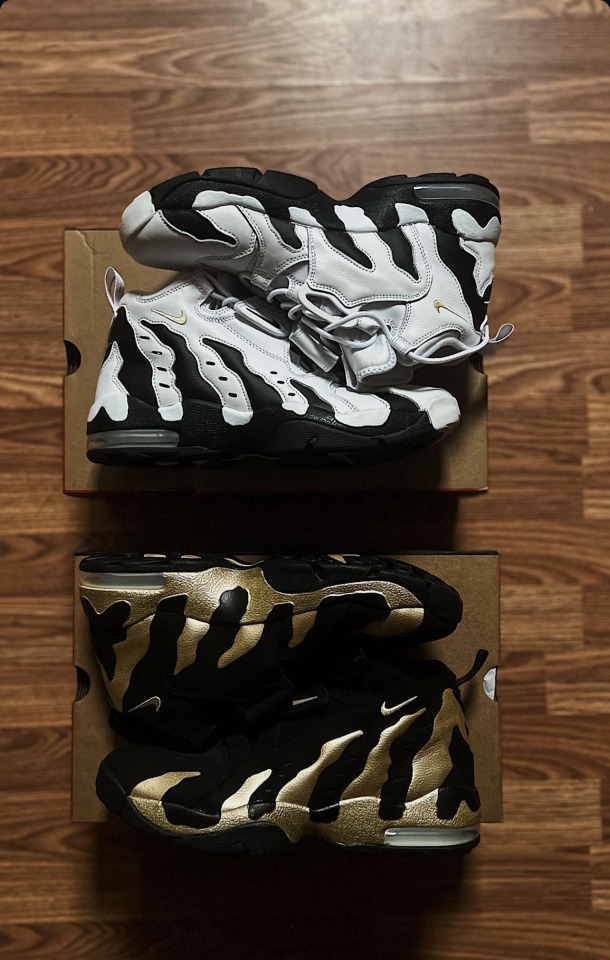

ᴘᴀʏꞮɴɢ ʜᴏᴍᴀɢᴇ ᴛᴏ ᴅᴇꞮᴏɴ ꜱᴀɴᴅᴇƦꜱ.
ʜᴀᴅ ᴛᴏ ᴄᴏᴘ ᴛʜᴇꜱᴇ..
“ᴅꞮᴀᴍᴏɴᴅ ᴛᴜƦꜰ”
#deion sanders#NFL#colorado#tumblr#styleinspo#photography#styleinspiration#style#sneakers#kicks#kicksaddict#nice kicks#kicksoftheday#camera#photo#photographer#kicksonfire#primetime#diamond turf#sneaker#shoes#fashion#Streetwear#sports#sneaker culture#culture#viral#explore#ATL#atlanta falcons
8 notes
·
View notes
Text
I hate the superficiality of dating in Atlanta, and Georgia in general. it's like if you aren't looking like you belong on Love & Basketball/Hip Hop, people just assume
you're only good for sex
you don't deserve a cute, well thought out date
you don't deserve a deep, romantic, long-term relationship
you don't deserve to get gifts from them, not even on your birthday
you don't deserve to be taken on cute trips
you don't deserve to meet their family & friends
sometimes I wish characters in books or video games were real and I could date them. I know it sounds lame, but I can't vibe with the people in my area. they all suck and only want me for sex and to boost their ego.
#my thoughts#modern dating#lgbtq dating#straight dating#dating culture#dating in 2024#atlanta#dating in Atlanta
7 notes
·
View notes
Text

the who: Tina Charles
the top: RHYAN&RHYSE
the bottom: Suitsupply
#Suitsupply#rhyan&rhyse#fashion#style#masculine of center#tina charles#atlanta dream#wnba#wnba tunnel#tunnel fits#pop culture#basketball#wbb#celebrity
7 notes
·
View notes